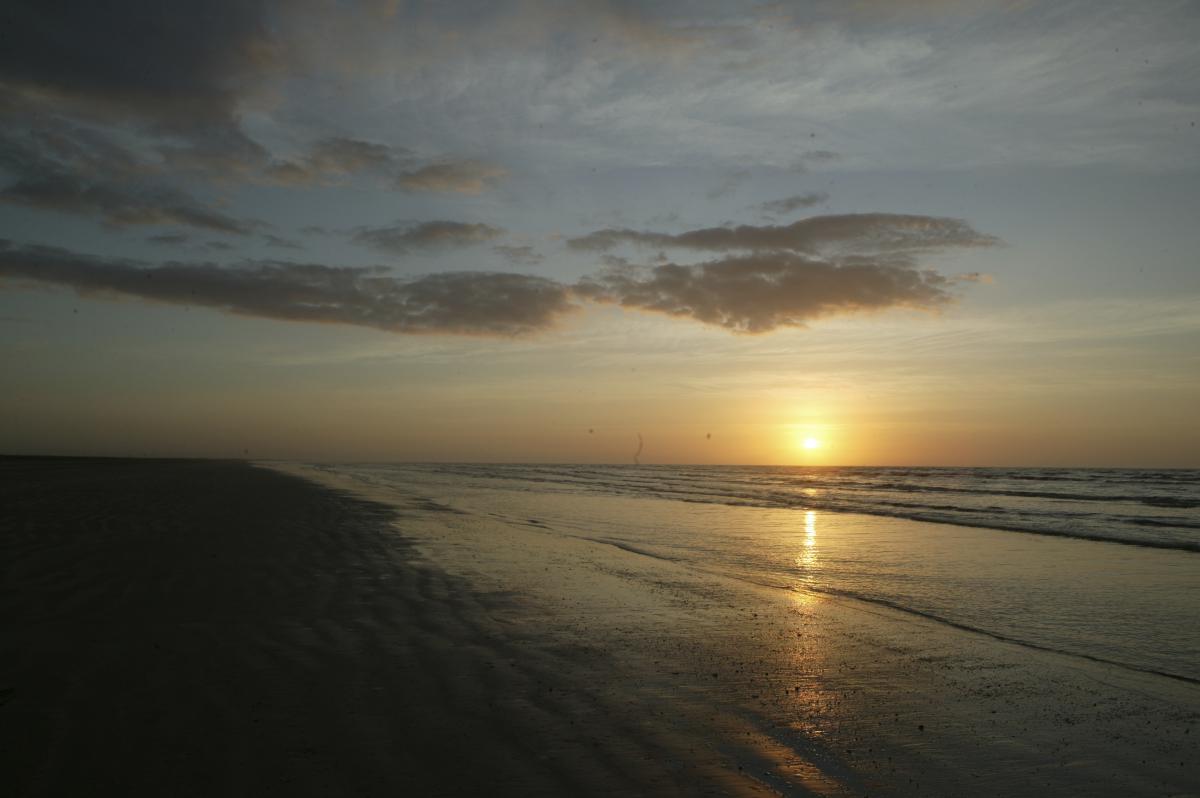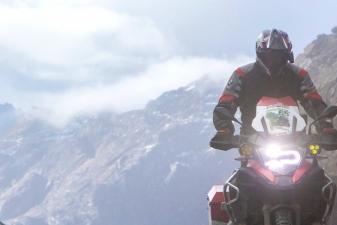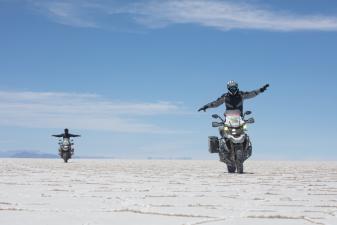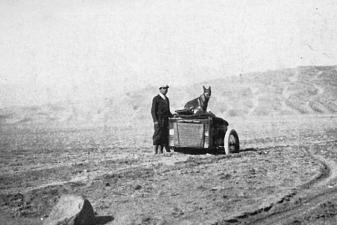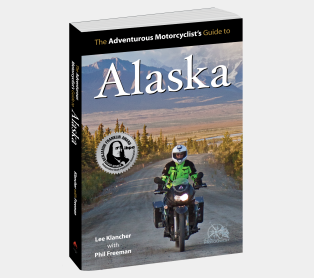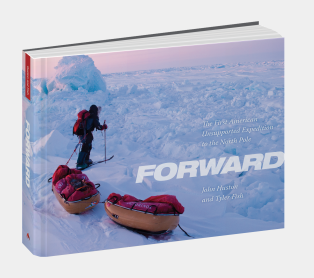Lost Highway

The Fine Art of Toxic Tourism
On a lonely stretch of the Gulf Coast where Cajun country meets the land of longhorns, a stretch of beachside road was left for dead more than 20 years ago. Battered by hurricanes since it was constructed in 1920, the road was wiped out by Hurricane Jerry in 1989 and the state department threw up their hands and let the sea have her way.
I found a reference to the road while searching for good roads along the coast. An off-road blogger wrote of attempting to cross the stretch in his Jeep and being thwarted by deep sand and washouts. The idea of riding a possibly impassable lost beach highway stirred my soul, and I immediately began plotting to ride it.
My first attempt came in April 2011. I was headed to New Orleans with a group of college professors on a weekend bender, and decided to make the trip on my lumpy Ducati-powered 900 adventure bike. I left a day early, rode about four hours from my home, checked in to a cheap hotel about 40 miles from the start of the road, and headed towards the shore to see the Lost Highway.
My route from the hotel to the coast passed through a large oil refinery belching noxious fumes as workers bound for home drove past in beat-up pickups. I bumped over a high bridge with a great view of the swampy coastline, and came to a small town that consisted of mostly boarded-up homes and a brand-new school riding high on stilts.
The town was founded in the 1830s by Sam Houston and other notable Texans, who expected the burg to become an important port city. Hurricanes, Civil War battles, yellow fever and political squabbles stinted the town's growth. The population reached 1,500 in 1984, but by the early 1990s numbers dwindled so low the census bureau no longer bothered to count the inhabitants. Hurricane Rita destroyed 90 percent of the town in 2005, and the rebuilt structures took a beating again in 2008, when Ike generated the highest tidal surge in the town's recorded history.
Given all the carnage, the state department giving up the ghost on the nearby Lost Highway makes sense. Standing amongst the mix of boarded-up and newly built, I marveled at the tenacity of those who remained.
A few miles past the village, I came to the remains of a state park located on the shore. The park consisted of a hastily reconstructed boardwalk, abandoned pilings, and a gorgeous, empty stretch of beach. Rita and Ike had torn up the park's infrastructure, but the beaches left behind are smooth, wide and inviting.
Just past the state park, the developed road ends at a bright orange “ROAD CLOSED” sign. I stopped to take a few pictures, and checked my phone. No service—I was in a dead zone. The beach to my left had a few tire tracks and no sign of life. Inland, all that could be seen was a battered highway department shed and a long line of green swamp and field stretching into the horizon. The sun was dipping low, leaving me with a sense of standing alone on the edge of the word.
The Ducati 900 engine turns over painfully slowly when it starts. Even when you know the bike, you punch the button and wonder if the engine is going to fire or just stop dead. The trait is a bit unnerving at the end of the earth, and I vowed while on the Lost Highway I'd stop and start as little as possible.
I wove the bike around the road closed sign and over a little dune, and we lumped our way along the battered piece of pavement. Less than a mile in, I came to a washout of jumbled rock and pavement. The crossing was doable on the big bike, but I could easily catch a wheel in the rock pile and crash. A twisted ankle would mean a long night out in the weather—the washout was the end of the road for the day.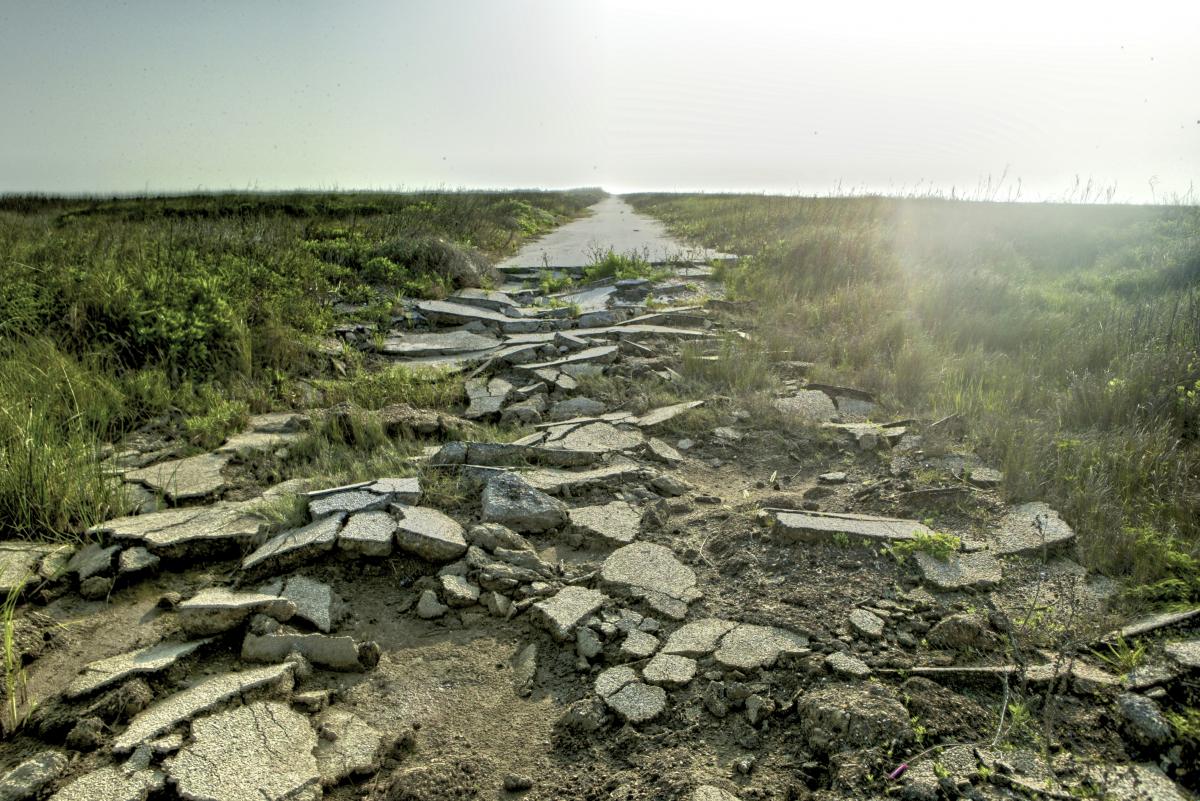
I continued on to New Orleans and marinated myself in music and Abita, determined to ride the Lost Highway again on a smaller bike with a companion or two. The road waited for me until November 2011, when I returned with three friends with dual-sport bikes. While I towed a DRZ400S across the state, my friends came in from Minnesota and Germany to meet me at the ramshackle state park on the beach.
I arrived with the sun setting, and found a local park officer who rode KLRs and said that street-licensed dual-sports could ride on the beach. He showed me the park's campsites–an empty stretch of beach—and warned that mosquitos were awful and tide surges could swamp our cars (but rarely did).
My companions for the ride—Darrick Anderson, Al Silberstein, and Guido Lindenau–rolled in just after dark. As soon as the truck and trailer were parked, Darrick opened his trailer's side door which was outfitted as a bar and started making zombies. The evening proceeded accordingly.
The next morning, I woke at sunrise when Guido opened the tent at 5:10 a.m. to use the facilities and let in approximately 400 million of the most vicious mosquitos on the planet. The entire crew was on the beach no more than 20 minutes later, swatting haplessly. I still have scars on my legs from the little beasts swarming me like a pack of rabid Rossi fans clamoring for an autograph at Mugello.
At the crack of noon, we were off, a motley crew on a KTM 640, Honda XR650R, KLR650, and the DRZ, all shod with plates and some with reasonable tires. We went past the “ROAD CLOSED” sign and back to the washout that stopped the Duck and I in our tracks. The DRZ's razor-sharp Dunlops and tweaked suspenders soaked up the nasty patch without a whimper, and we blasted along a road that turned from patchy to apocalyptic. After less than a mile, we crossed the last intact chunk of blacktop and the road dissolved into tiny chunks of pavement strewn across the sand.
Beyond the end of the pavement, a two-track trail of sorts could be followed along the beach. The trail was a mix of packed sand and deeply-rutted soft sand easy to cross on a dual-sport but a wallowing mess on a big adventure bike.
The beach road had a few tracks from pickup trucks, but we saw not one living being for more than 20 miles. The shore was strewn with trash of all kinds: bottles inked with English, Spanish, and kanji, the fiberglass hull of a 20-foot boat, rope, wire, smashed plastic floats, dank green seaweed, splintered planks, and a dead porpoise, the flesh of the snout rotted away to reveal jagged yellow teeth.
When we stopped to catch our breath, Al was aghast. “This is like riding through a garbage dump,” he said. “I'd call it toxic tourism.”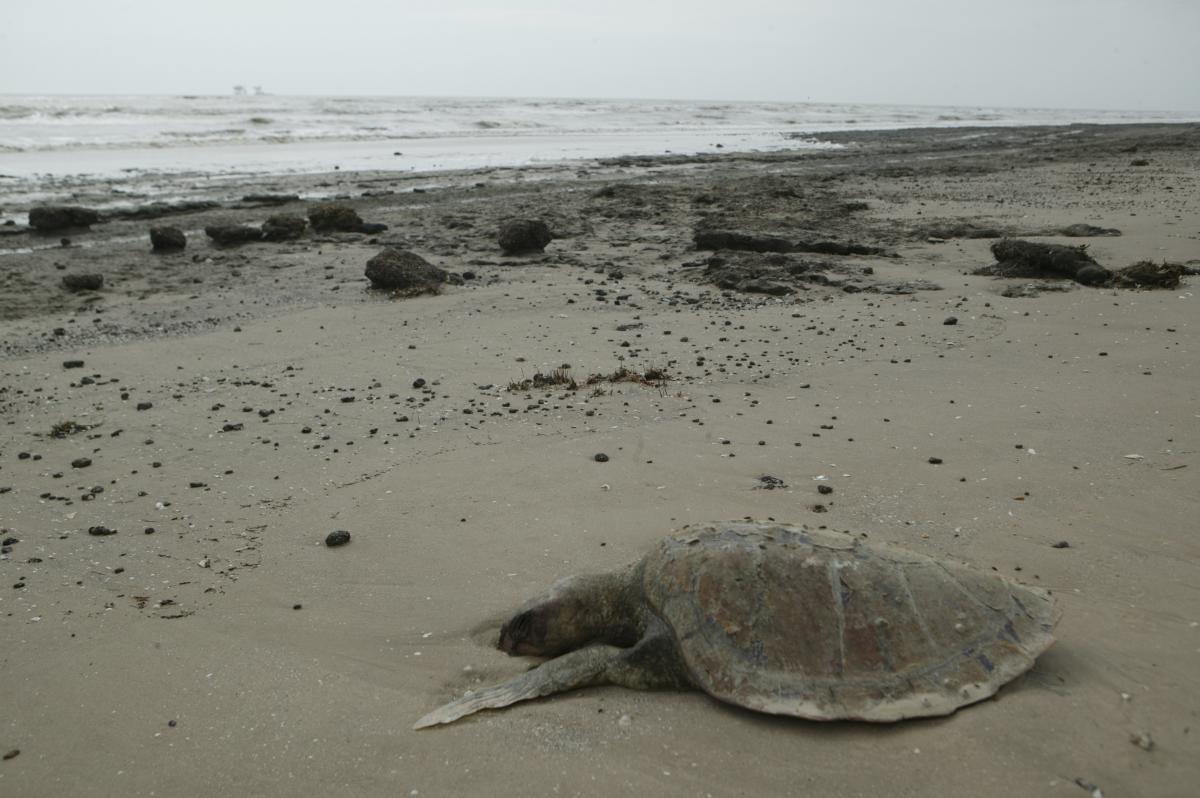
To make matters worse, the beach was often stained with black sticky tar. Long streaks of the black goo covered large sections. We assumed these are the remains of the BP oil spill.
The trail sticks along the beach, and we were able to cross the 22 uncharted miles easily and were out to the paved road on the other side by 5 pm. We drove about 20 miles to the ferry, and took it into a great little beach town with deep Texas history. We spent the night in a motel, and headed back across the ferry and the road the following day. With weather coming in and local newscasters warning of tornados inland, we needed to hurry. Which, of course, meant a bike would break. About three miles into the Lost Highway, Al's KLR died and refused to restart despite our efforts.
We left the bike to be trailered home later and Al and Darrick piled on the 640 KTM. The faster Darrick drove, the better the teetering pile of man and machine handled the deep sand. When the pair got off the bike at the campground 15 miles later, Al's eyes were adrenaline-pooled saucers and Darrick's boot was cut from a snagged piece of wire on the beach that nearly ripped him off the bike. Both were laughing and alive, bright from the biochemical blast of excitement induced by misadventure.
Our toxic tour had shown us a portion of the coast that few have seen. For most of planet's inhabitants, missing out on the garbage- and tar-strewn portions is a blessing. For myself the rest of the world's wind-twisted motorcycle adventurers, a lost road abandoned to the hurricanes and traveled by few is paradise found.
